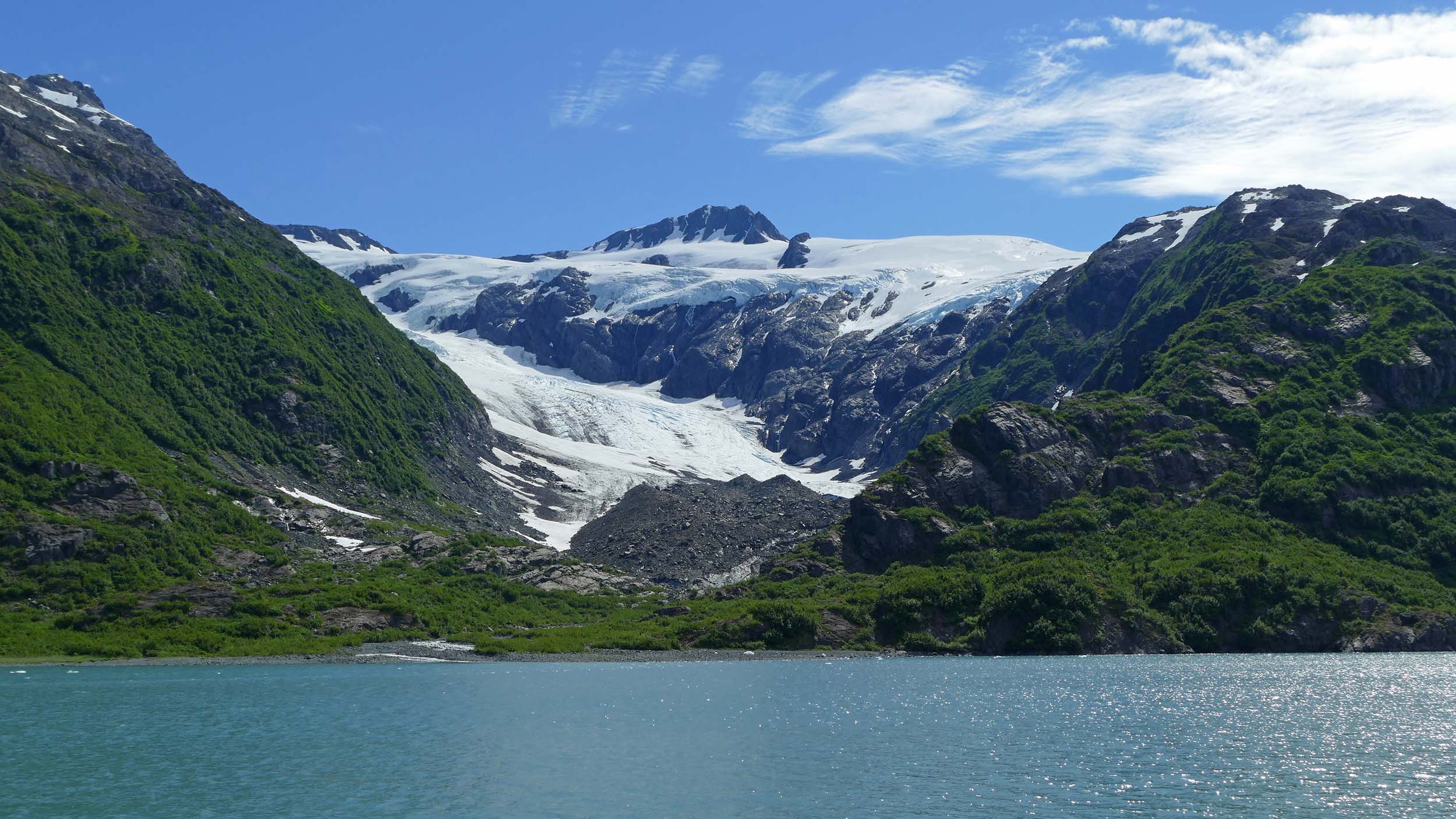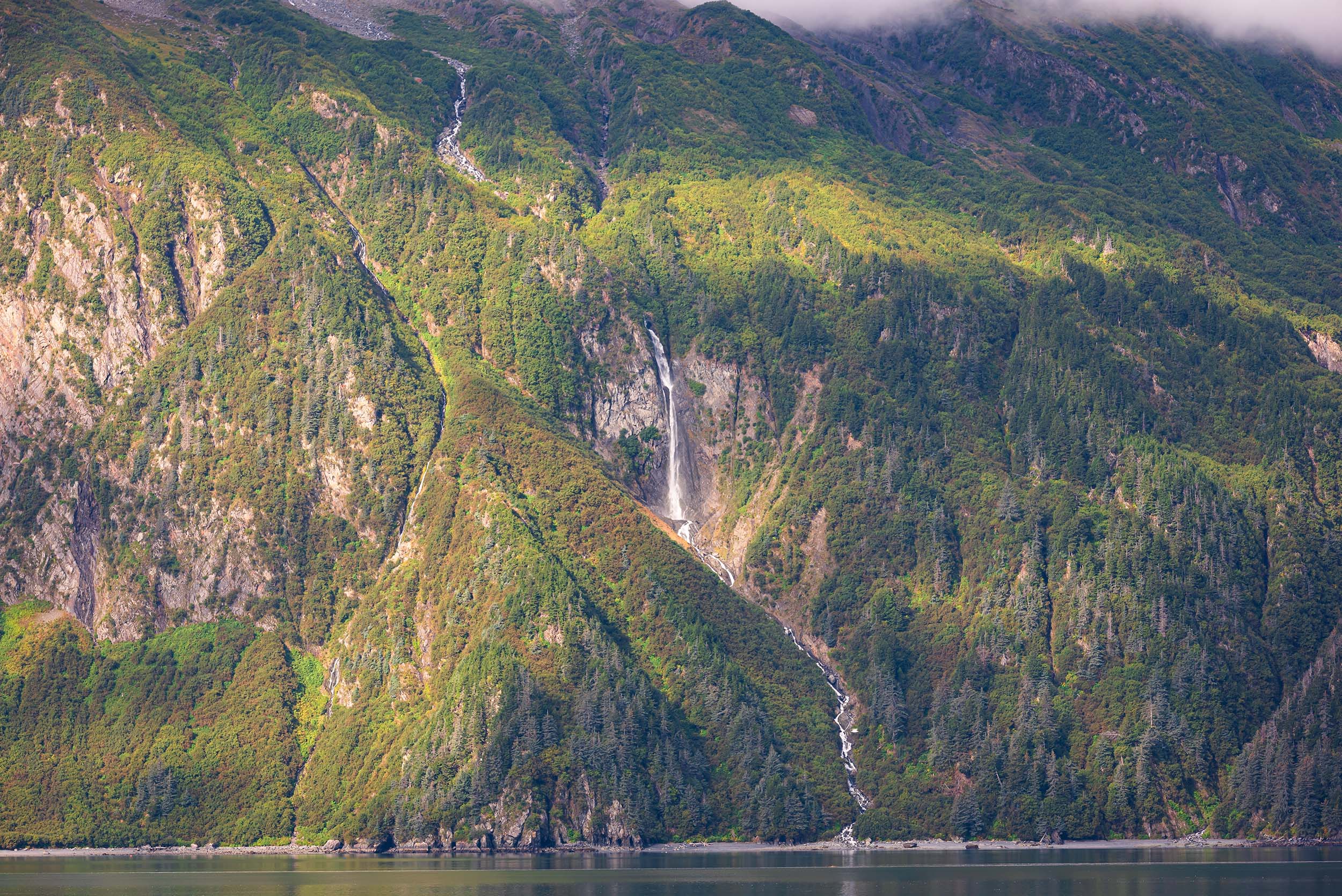Park Information Quick Facts
Location: Alaska
Park Size: 600, 000 Acres
Time Needed: 3-5 days
Best Season: June to August
Must Do: Exit Glacier
Pro Tips: Take a guided boat tour to fully experience the park’s dramatic coastal scenery and abundant wildlife.
Visitor Centers
Kenai Fjords National Park features two key visitor centers that serve as excellent starting points for exploring the park. The Kenai Fjords National Park Visitor Center, located in Seward’s harbor area, offers a wealth of information and exhibits to help visitors plan their adventures. This center includes interpretive displays about the park’s glaciers, wildlife, and cultural history, as well as a short film that highlights the stunning landscapes of the region. Rangers are available to provide maps, answer questions, and suggest activities tailored to visitors’ interests, whether it’s a boat tour, a hike, or a scenic drive. The center’s convenient location near the harbor makes it an ideal stop before embarking on a boat tour of the fjords.
Plan Your Kenai Fjords Adventure Today!
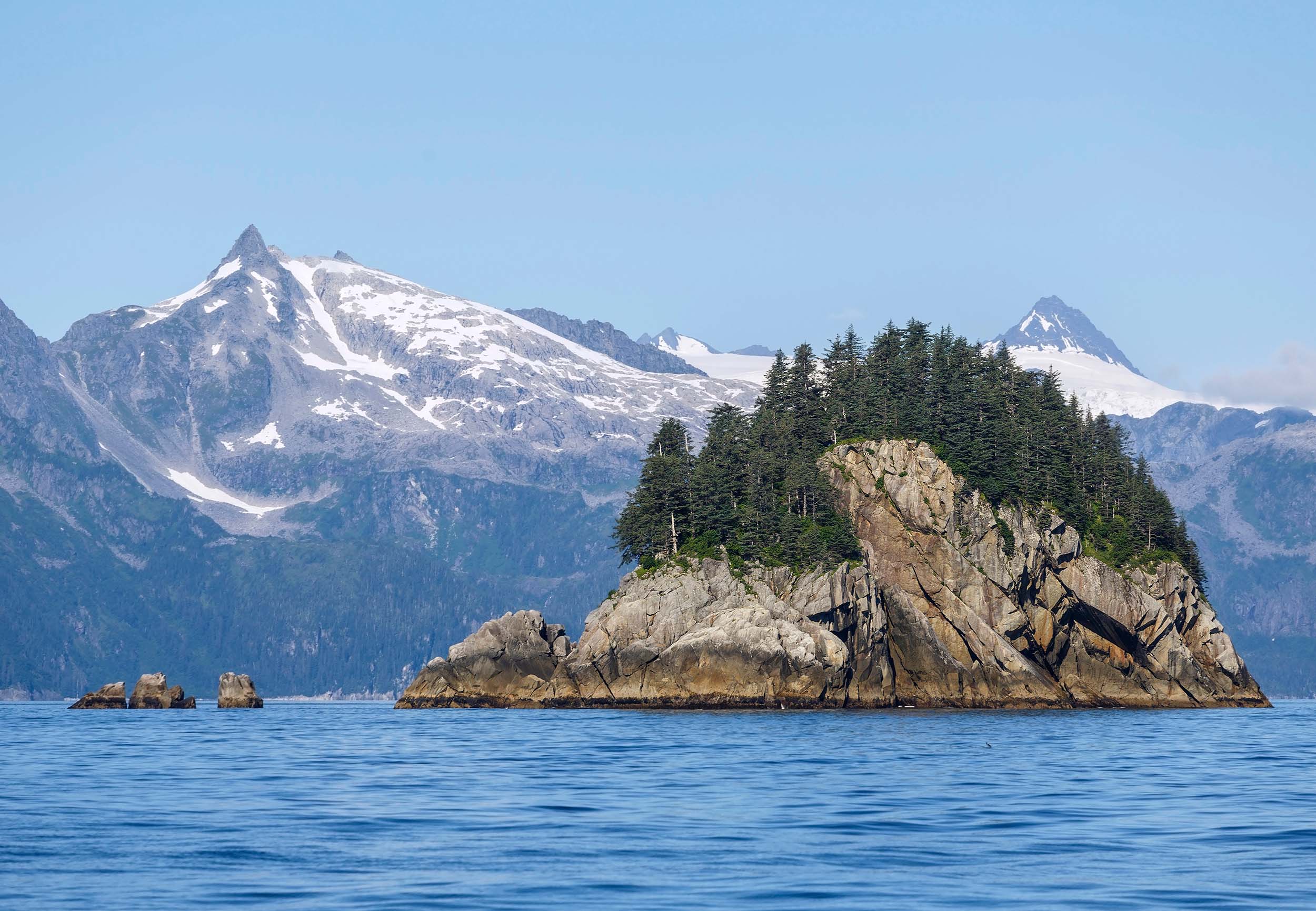
Getting There
How to Travel to Fjords National Park
Traveling to Kenai Fjords National Park begins with reaching the picturesque town of Seward, Alaska, the primary gateway to the park. Most visitors start their journey by flying into Ted Stevens Anchorage International Airport, located about 125 miles north of Seward. From Anchorage, the scenic Seward Highway provides a stunning drive through mountains, forests, and along the Turnagain Arm coast. This 2.5 to 3-hour journey is a National Scenic Byway, offering opportunities for stops at viewpoints, hiking trails, and wildlife sightings. For those who prefer not to drive, shuttle buses and private transfers are available. Alternatively, the Alaska Railroad’s Coastal Classic Train offers a relaxing and visually captivating ride, with large windows perfect for enjoying the dramatic landscapes.
Once in Seward, exploring Kenai Fjords’ stunning coastal fjords and glaciers typically requires traveling by boat. Guided boat tours, ranging from half-day trips to full-day excursions, are the most popular way to experience the park’s highlights. These tours depart from Seward’s harbor and navigate Resurrection Bay and the park’s remote fjords, offering unparalleled views of tidewater glaciers, marine wildlife, and towering cliffs. Kayaking tours are also available for adventurous travelers seeking a closer and quieter connection with the park’s waters. While boat tours are ideal for accessing the park’s rugged coastline, they also provide a unique perspective on its dynamic ecosystems and ever-changing landscapes.
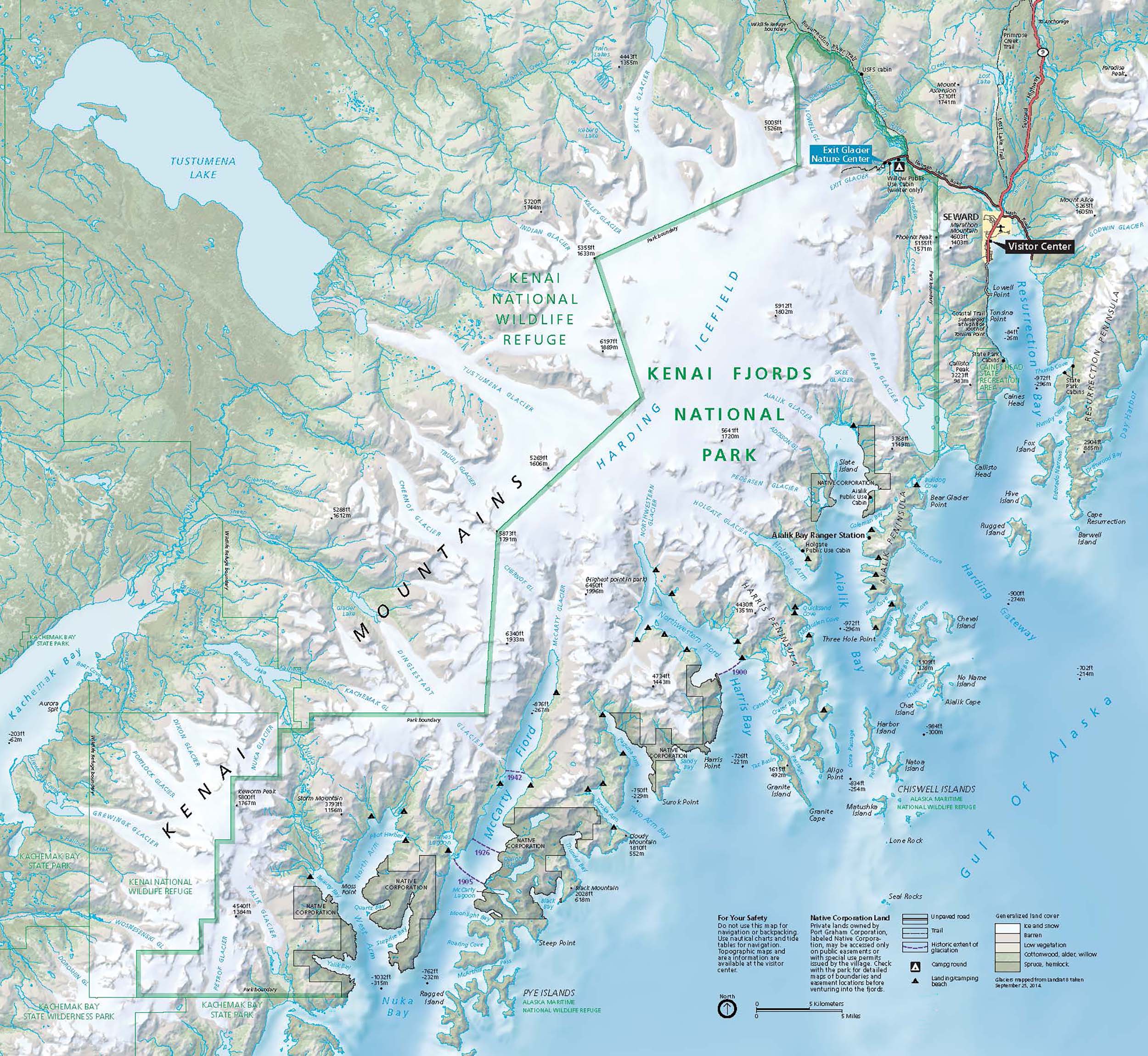
Camping
Exit Glacier Campground
- Location: Near the Exit Glacier area, just outside of Seward, Alaska.
- Season: Typically open from mid-May to mid-September, depending on weather.
- Facilities: This is a developed campground with basic amenities, including picnic tables, fire rings, vault toilets, and bear-resistant food lockers. However, there are no water or electrical hookups. Water must be filtered from nearby streams.
- Capacity: 9 sites, available on a first-come, first-served basis.
- Activities: Convenient for hiking the Exit Glacier and accessing the Harding Icefield Trail. It’s also a good base for day trips to the nearby coastal areas of the park.
Backcountry Camping
- Location: Various locations within the park, typically accessed via hiking trails.
- Season: Open year-round, though most visitors camp during the summer months when conditions are more favorable.
- Facilities: There are no developed facilities in the backcountry. Campers need to be self-sufficient, carrying all necessary gear and water. Campers should also be prepared for weather changes, as conditions can be extreme and unpredictable.
- Permits: A permit is required for backcountry camping, which can be obtained at the Exit Glacier Nature Center or online before your trip.
- Popular Trails: The Harding Icefield Trail is one of the most popular access points for backcountry camping, offering dramatic views and a chance to camp at high elevations with stunning vistas of glaciers and surrounding landscapes.
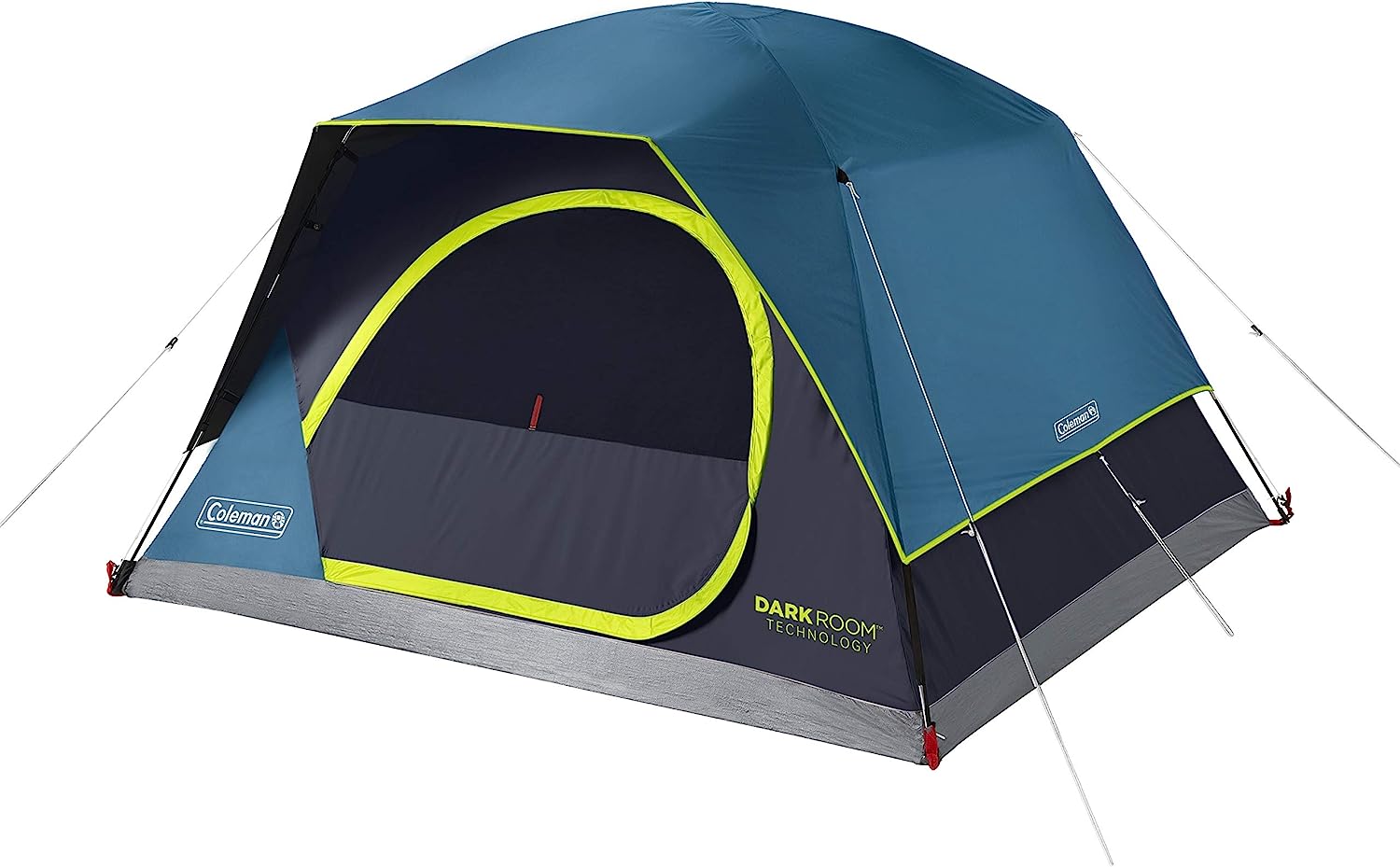
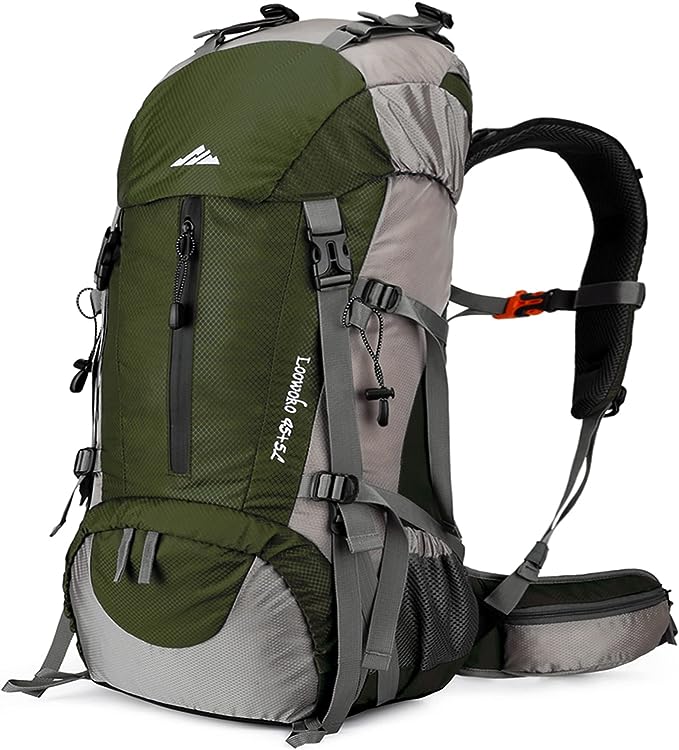
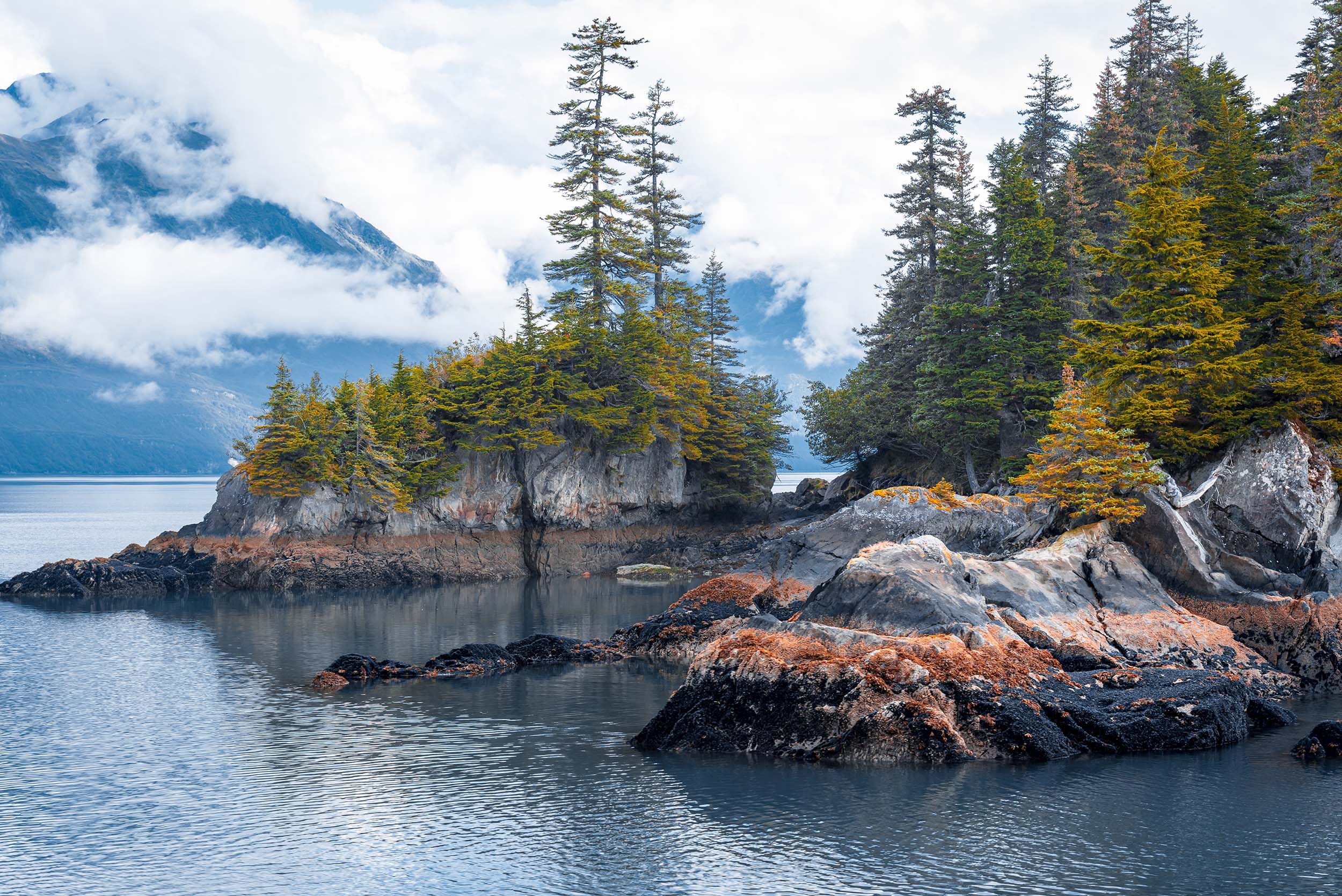
-
Be Prepared for Variable Weather: The weather at Kenai Fjords National Park can change rapidly, even during the summer months. Temperatures can range from warm and sunny to cold and rainy, with heavy winds, especially near the coast and glaciers. Always pack layers, including waterproof clothing and gear, and be prepared for cold, wet conditions. A good quality rain jacket, warm sleeping bag, and durable footwear will make a big difference in comfort and safety.
-
Bring Extra Food and Water: While Exit Glacier Campground has some basic amenities, including vault toilets and picnic tables, it doesn’t provide water sources or food. Be sure to bring enough food and water for your entire stay. For backcountry camping, bring a portable water filter or purification tablets, as water sources may be available in streams but require treatment before consumption. Carrying extra provisions will ensure you’re prepared in case of unexpected delays or weather challenges.
-
Wildlife Safety: The park is home to bears and other wildlife, so take precautions to store your food properly. Use the bear-resistant food lockers provided at the Exit Glacier Campground, and when camping in the backcountry, practice proper food storage techniques by using bear canisters or hanging food at least 10 feet off the ground and 4 feet away from trees. Be vigilant about cleaning up food scraps and trash, as wildlife can be attracted by smells, and respecting their space is essential for both your safety and theirs.
Popular Hiking Trails
Exit Glacier Overlook Trail
- Distance: 0.5 miles (0.8 km) round trip
- Difficulty: Easy
- Description: This short, paved trail is ideal for visitors who want a quick and accessible view of Exit Glacier. It leads to an overlook where you can enjoy a stunning panoramic view of the glacier and surrounding area. It’s an excellent option for families or those with limited time or mobility.
- Duration: 30 minutes to 1 hour
- Season: Open year-round, but best in summer.
Harding Icefield Trail
- Distance: 8.2 miles (13.2 km) one way
- Difficulty: Challenging
- Description: One of the most popular and rewarding trails in the park, the Harding Icefield Trail offers breathtaking views of glaciers, icefields, and the surrounding mountains. This strenuous hike gains significant elevation and takes you to the Harding Icefield’s edge, providing panoramic views of the massive icefield and surrounding peaks. It’s a full-day hike, with an elevation gain of over 3,000 feet (914 meters), and is recommended for experienced hikers.
- Duration: 6–8 hours (one way)
- Season: Summer months, as snow can make the trail inaccessible during the rest of the year.
Bear Lake Trail
- Distance: 1.5 miles (2.4 km) round trip
- Difficulty: Easy to moderate
- Description: This short trail is located in the northern part of the park and leads to Bear Lake, providing an easy and scenic hike through forested terrain. It’s a great option for a more relaxed hike with opportunities for wildlife viewing and photography.
- Duration: 1–2 hours
- Season: Summer months.
Glacier View Trail
- Distance: 1 mile (1.6 km) round trip
- Difficulty: Easy to moderate
- Description: This trail, located near the Exit Glacier Nature Center, leads to a scenic viewpoint with a closer look at Exit Glacier. It offers a great option for a relatively easy hike with beautiful views and is a good choice for those wanting to spend a little more time exploring the area.
- Duration: 1–2 hours
- Season: Open year-round.
Tonini Trail
- Distance: 3.5 miles (5.6 km) one way
- Difficulty: Moderate to difficult
- Description: This less-traveled backcountry trail takes hikers through dense forest and along ridges for beautiful views of Resurrection Bay and the surrounding landscapes. The trail can be muddy and difficult at times, making it best suited for experienced hikers.
- Duration: 3–4 hours one way
- Season: Summer to early fall.
Caines Head Trail
- Distance: 4.6 miles (7.4 km) one way
- Difficulty: Moderate
- Description: Located near the park’s coastal area, this trail provides a unique experience with views of the ocean and coastal wildlife. Hikers will pass through lush forest, coastal bluffs, and beaches along Resurrection Bay. It ends at the historic Caines Head State Recreation Area, where you can explore old military bunkers. The trail is accessible only by foot or boat, making it a more secluded adventure.
- Duration: 3–5 hours one way
- Season: Late spring to fall.
Hiking Trails in Kenai Fjords National Park
Hiking at Kenai Fjords National Park provides an incredible opportunity to explore the park’s diverse landscapes, ranging from lush coastal forests to towering glaciers and expansive icefields. The park offers a range of hiking experiences, from short, easy trails to strenuous backcountry adventures. One of the most popular hikes is the Harding Icefield Trail, which is a challenging 8.2-mile route that rewards hikers with breathtaking views of the Harding Icefield and its numerous glaciers. This hike gains over 3,000 feet in elevation, offering dramatic perspectives on the park’s glacier-carved terrain. The trail is best suited for experienced hikers due to its strenuous nature and variable conditions, but it provides one of the most awe-inspiring vistas in the park.
For those seeking shorter, more accessible hikes, the Exit Glacier Overlook Trail and Glacier View Trail provide great opportunities to view Exit Glacier up close. The Exit Glacier Overlook Trail is an easy, paved path that leads to a beautiful viewpoint of the glacier and surrounding mountains, making it an ideal option for families or visitors with limited time. The Glacier View Trail, a bit longer at 1 mile, offers a closer look at the glacier and its stunning surroundings, making it a perfect option for those looking to explore more without committing to a full-day hike.
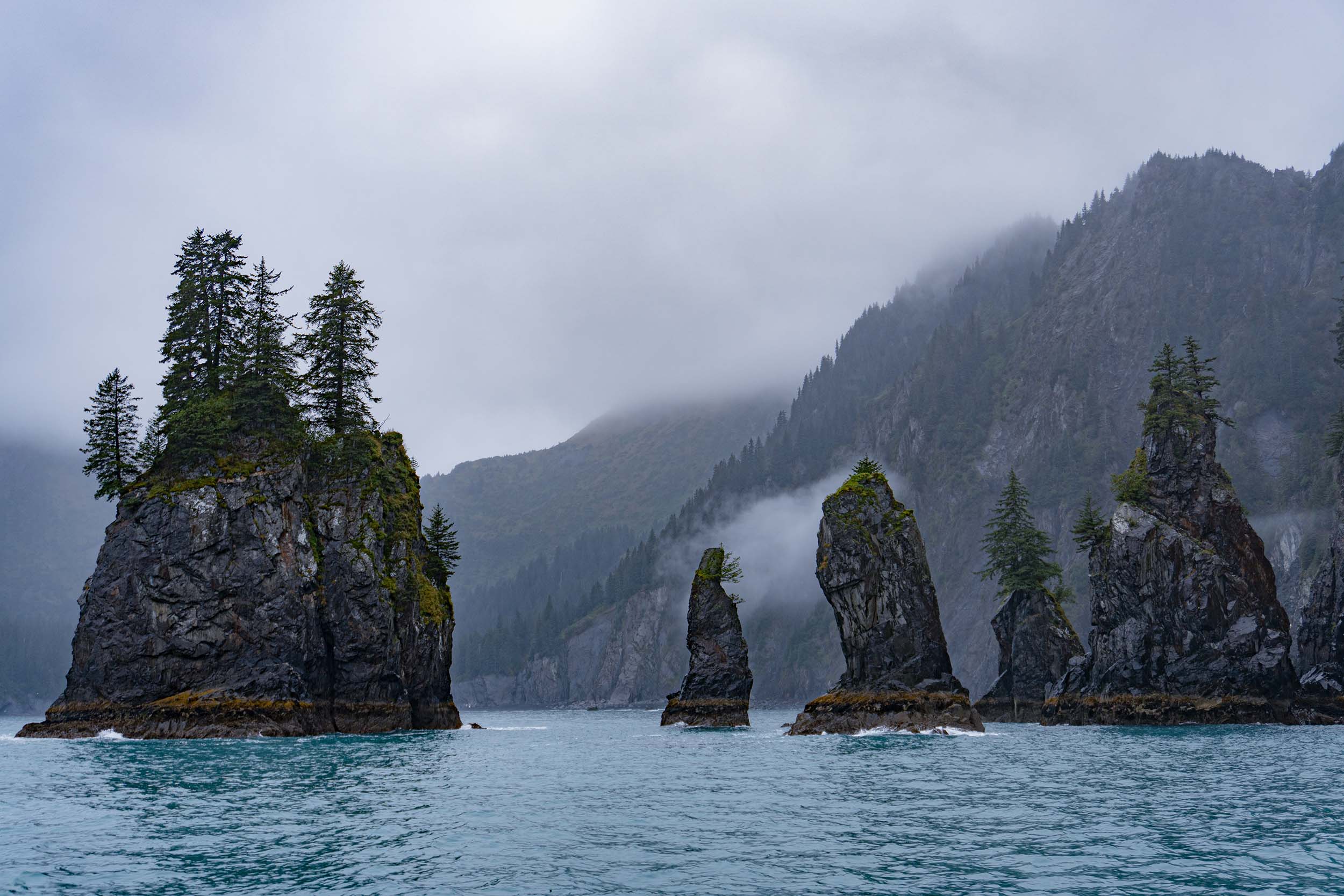
Wildlife at the Park
Kenai Fjords National Park is home to a diverse array of wildlife, both on land and in the sea, making it a prime destination for nature enthusiasts and wildlife watchers. The park’s coastal ecosystems provide habitat for a wide range of marine life, including humpback whales, orcas, sea otters, harbor seals, and sea lions. During the summer months, boat tours in the park’s fjords offer exceptional opportunities to see these animals in their natural habitat, often with humpback whales breaching or sea otters floating lazily on their backs. The nutrient-rich waters around the park also attract a variety of seabirds, such as puffins, guillemots, and bald eagles, making it a haven for birdwatchers.
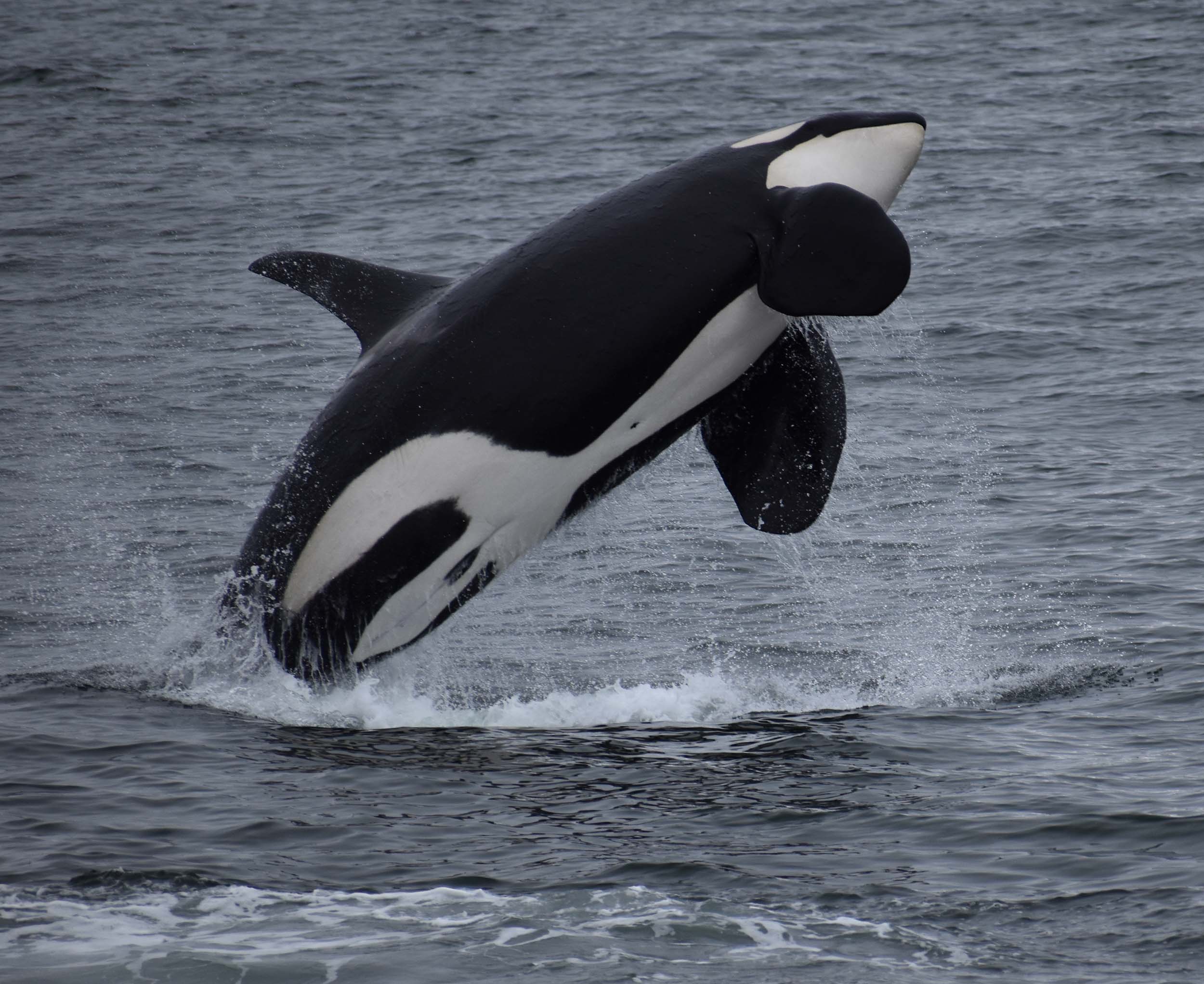
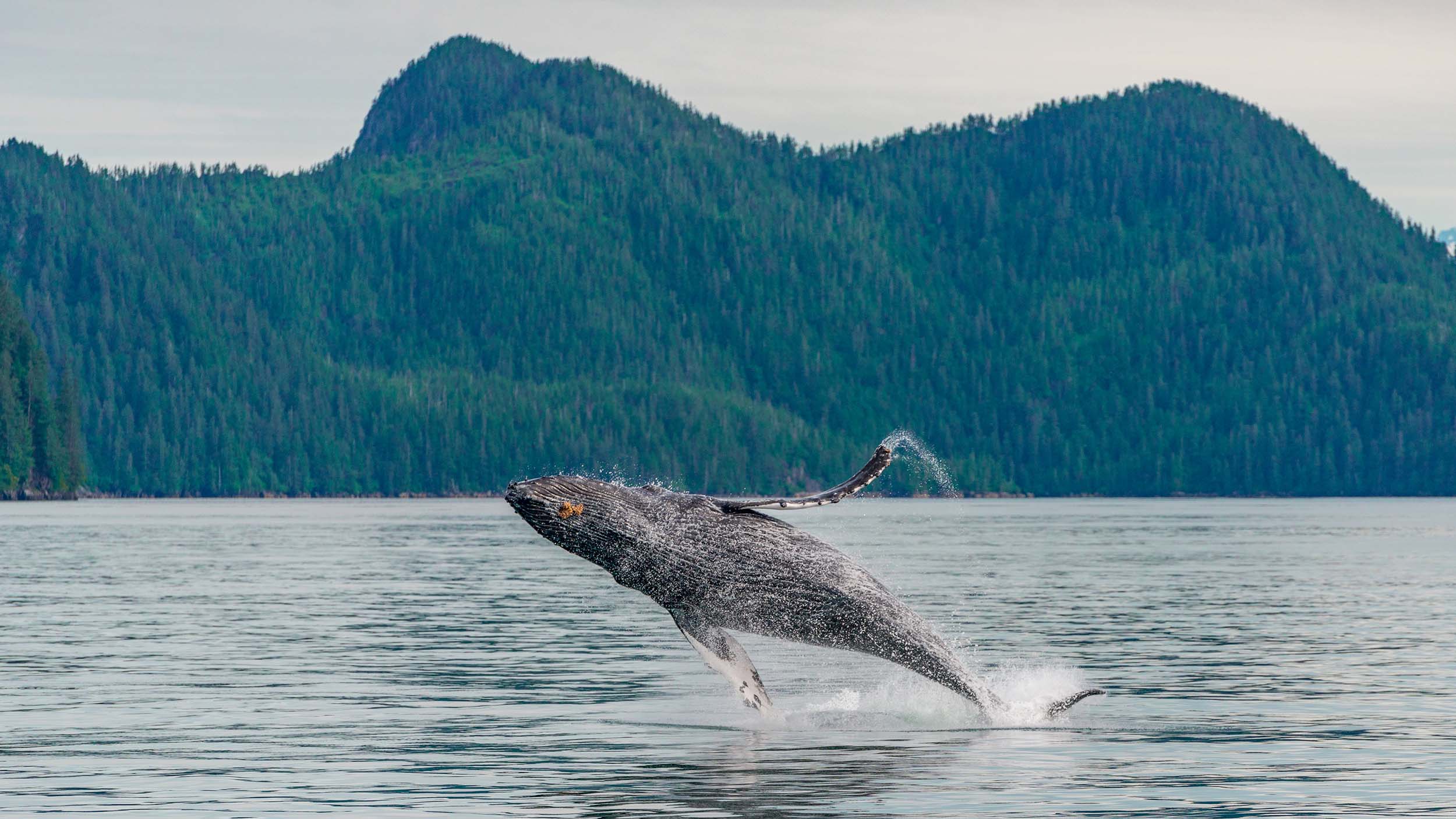
The terrestrial wildlife in Kenai Fjords is equally impressive, with the park supporting populations of brown bears, black bears, and moose, as well as smaller mammals like beavers and squirrels. Bears are often spotted near the park’s rivers, where they fish for salmon during the summer months, particularly around Exit Glacier and other streams. Moose can be seen in the park’s more forested areas, grazing on vegetation or wandering through meadows. The park is also home to various species of rodents, foxes, and wolves, though these animals tend to be more elusive. The varied habitats, from coastal zones to forests and tundra, provide ample opportunities to see a wide range of animals in their natural environments.
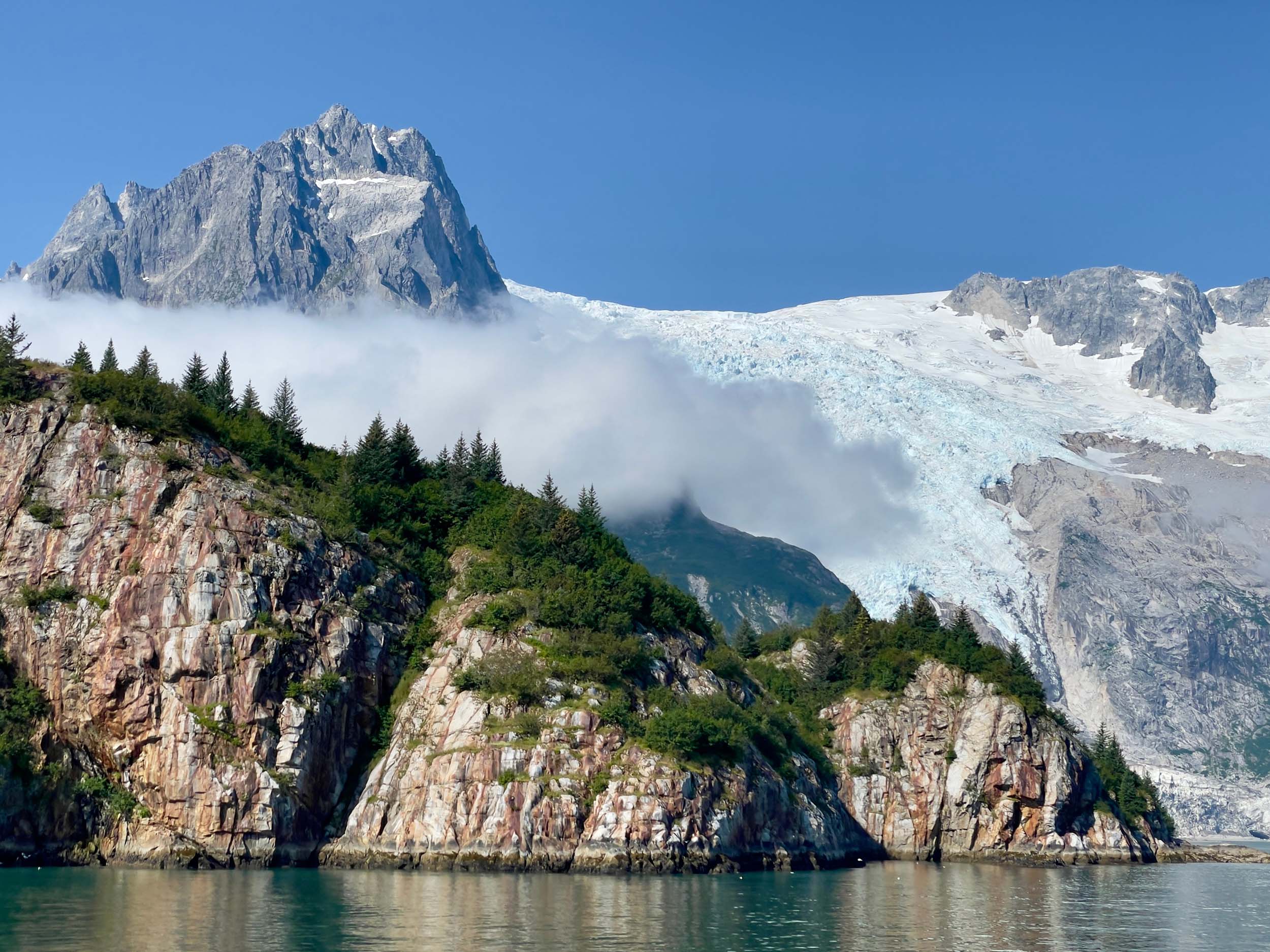
Gear We Used

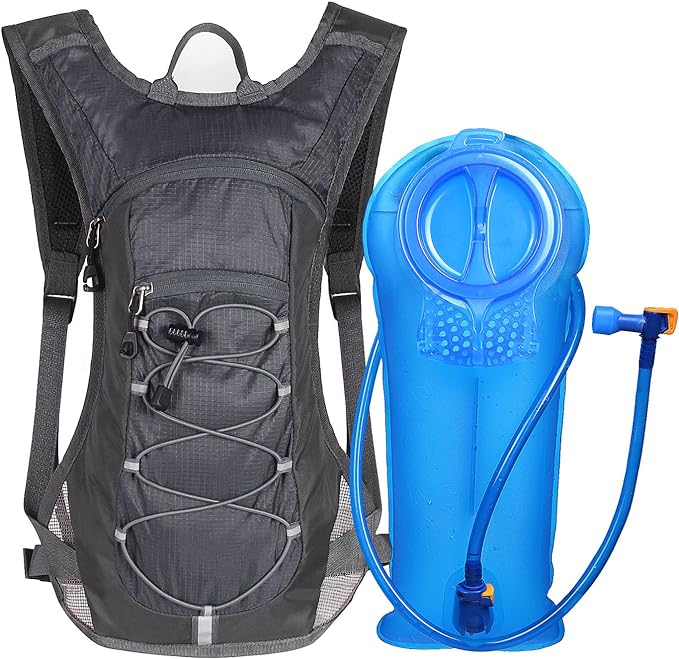
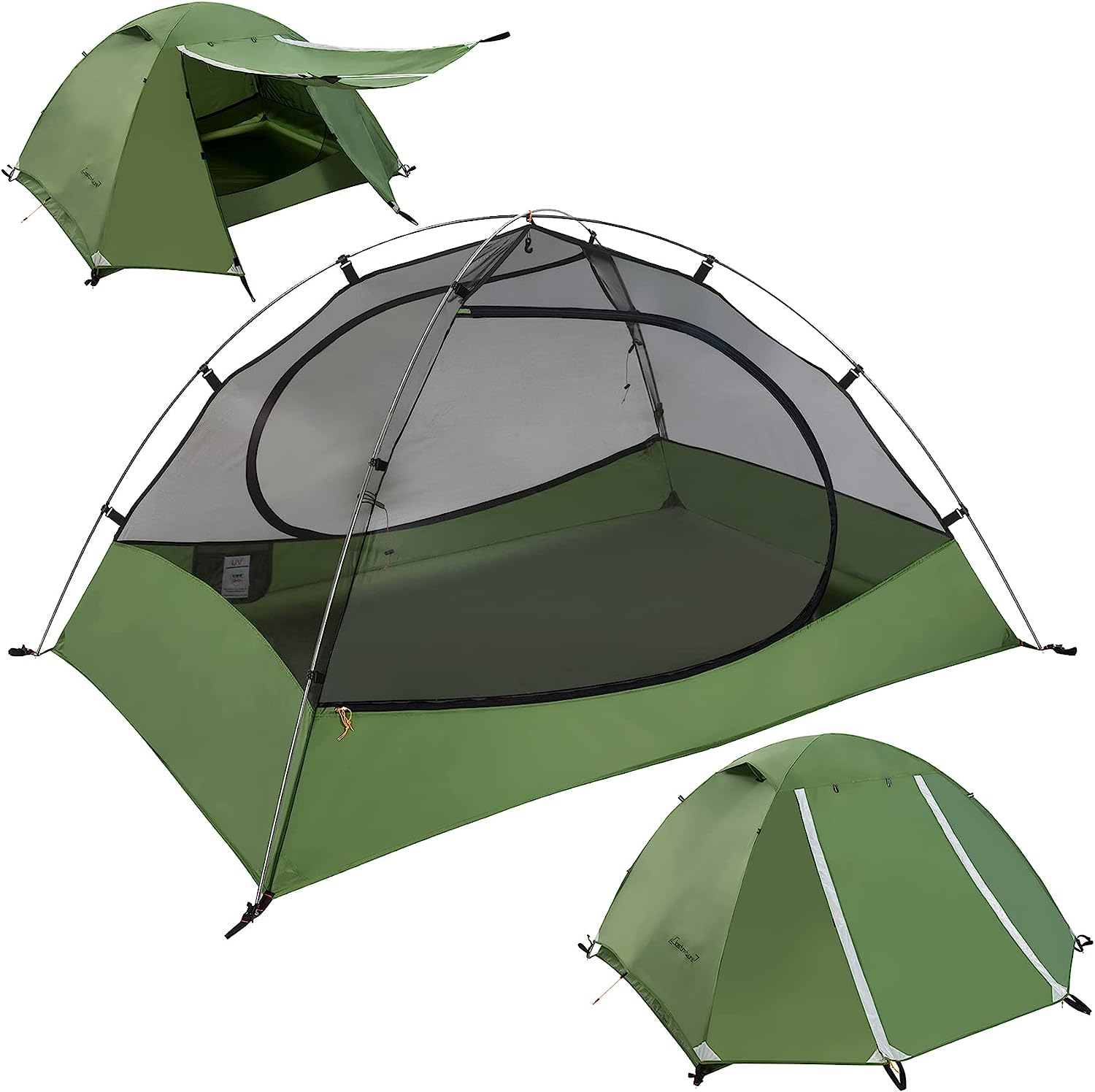
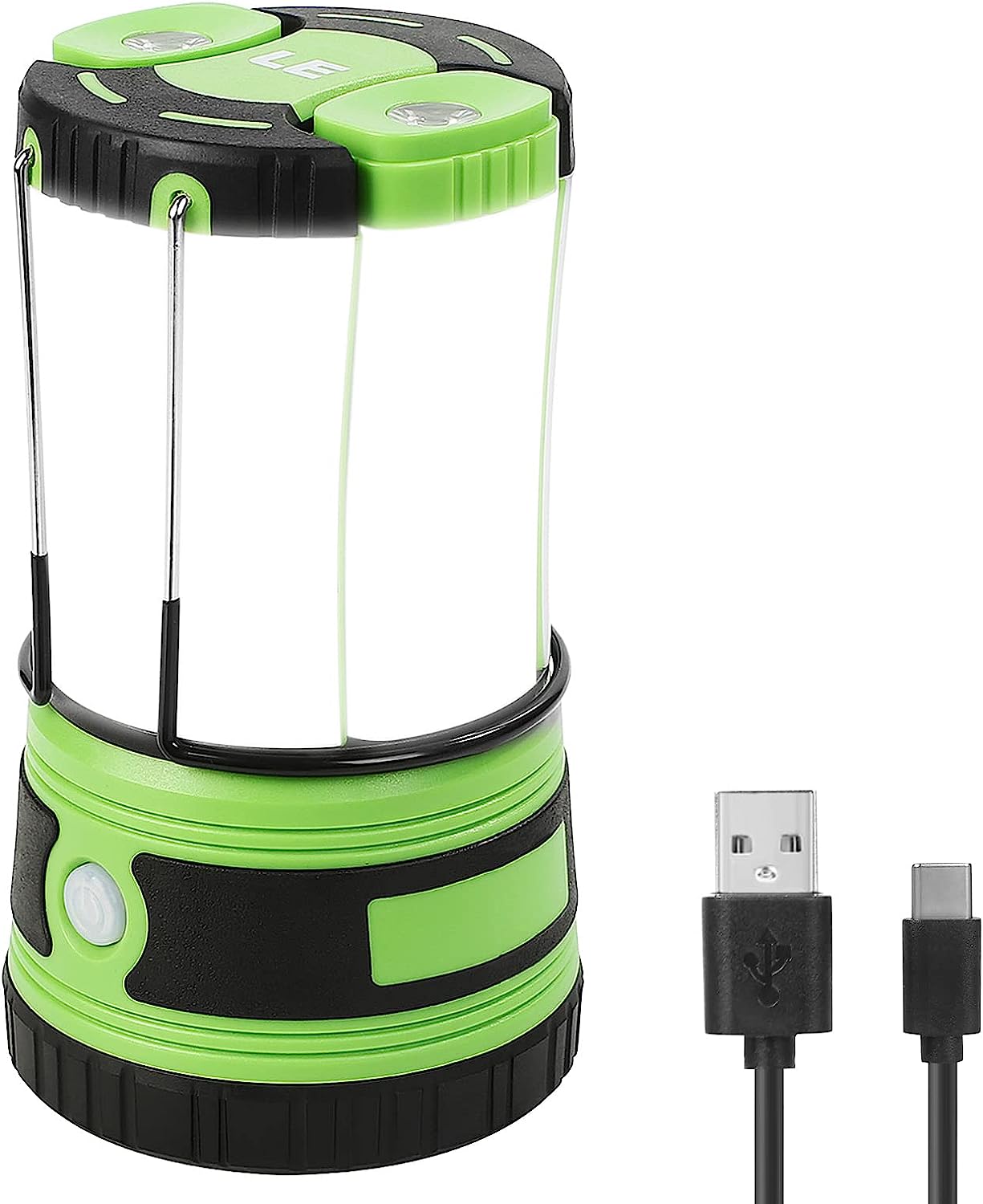
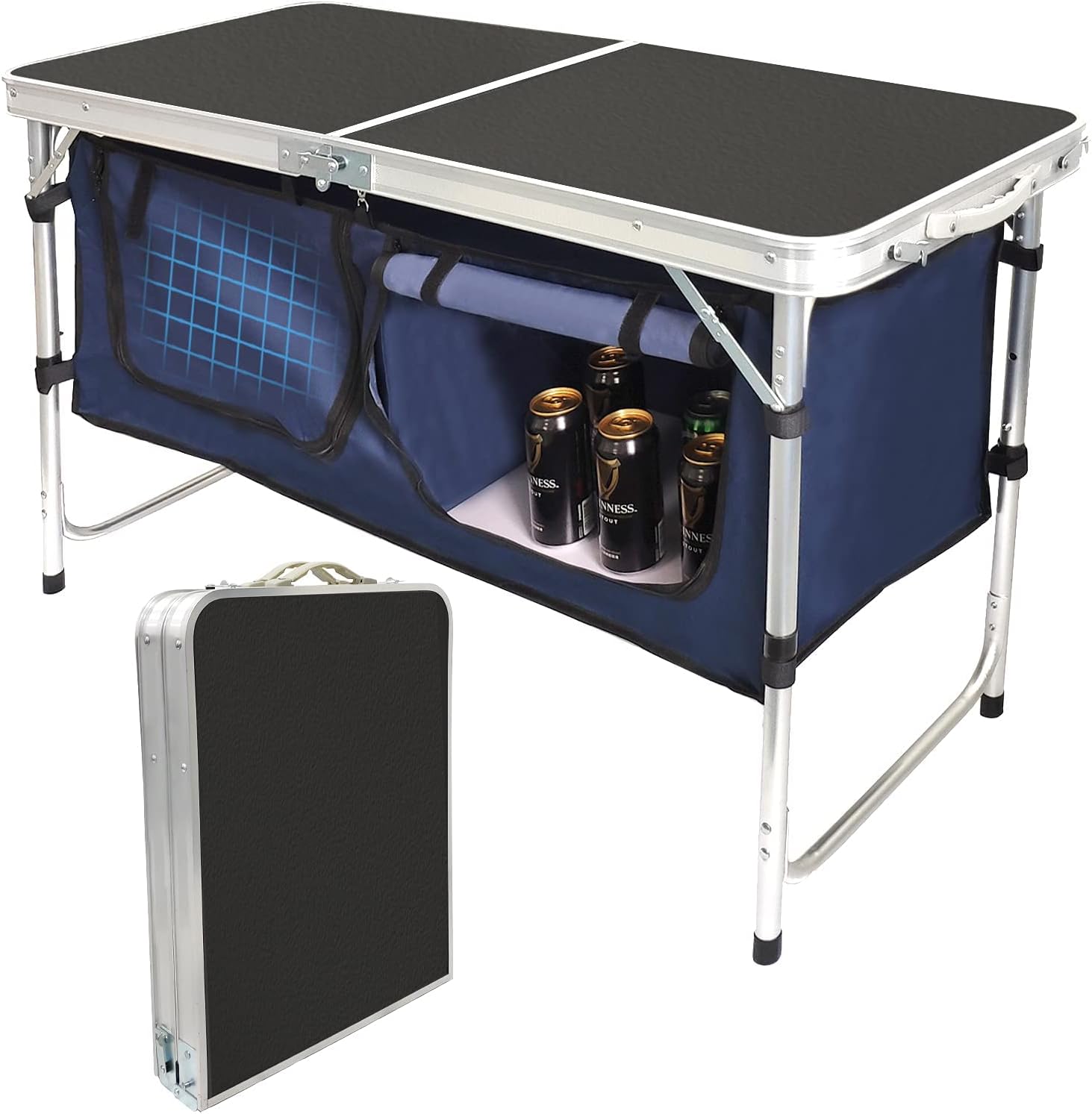
Must-Do Activities
Take a Boat Tour of the Fjords
One of the best ways to experience Kenai Fjords National Park is by taking a guided boat tour through its dramatic coastal fjords. These tours offer stunning views of calving glaciers, towering cliffs, and abundant marine wildlife, such as humpback whales, sea otters, harbor seals, and puffins. The tours often include stops at key locations like Holgate Glacier, where visitors can witness the awe-inspiring sight of glaciers breaking off into the ocean. A boat tour provides a unique perspective on the park’s rugged coastline and is a must-do activity for anyone visiting.
Hike the Harding Icefield Trail
For an unforgettable adventure, hike the challenging Harding Icefield Trail, one of the park’s most iconic hikes. This strenuous 8.2-mile trail takes you up to the edge of the Harding Icefield, offering panoramic views of glaciers, icefields, and the surrounding mountain ranges. The trail’s elevation gain of over 3,000 feet rewards hikers with breathtaking vistas and the opportunity to experience the dramatic, untouched beauty of Kenai Fjords’ interior. It’s a perfect choice for avid hikers seeking a physically demanding yet rewarding outdoor experience.
Wildlife Watching at Exit Glacier
Exit Glacier is one of the most accessible and popular spots for wildlife viewing in the park. Visitors can take short hikes like the Exit Glacier Overlook Trail or Glacier View Trail for easy access to the glacier and the surrounding areas, where they may spot wildlife such as brown bears, black bears, moose, and various bird species. The area around Exit Glacier is also a great place to learn about the park’s ecosystem and observe the effects of climate change, as the glacier has retreated significantly in recent decades. Wildlife sightings combined with the stunning glacier views make this a top activity for park visitors.
The Kenai Fjords National Park History
The history of Kenai Fjords National Park is deeply intertwined with the natural forces that shaped its stunning landscapes, as well as the cultural significance of the land to indigenous peoples. The park’s rugged fjords, glaciers, and coastal areas were formed over thousands of years by the movement of ice and the carving action of glaciers. Indigenous Alaskan groups, including the Chugach and Dena’ina people, have lived in the region for thousands of years, relying on its rich natural resources for subsistence. They fished for salmon, hunted sea mammals, and gathered plant foods from the land, establishing a deep connection with the environment that continues to influence the area’s cultural identity today.
The history of European exploration in the Kenai Fjords region began in the late 18th century when Russian explorers arrived in Alaska. The Russian Empire established trading posts and missions along the coast, interacting with local indigenous groups, and eventually influencing the region’s settlement patterns. In the late 1800s, the United States took control of Alaska, and the region began to see an influx of settlers and natural resource extraction industries. The area’s glaciers, fjords, and abundant wildlife remained largely unexplored by the general public, but interest in the area’s beauty and ecological significance grew in the early 20th century.






